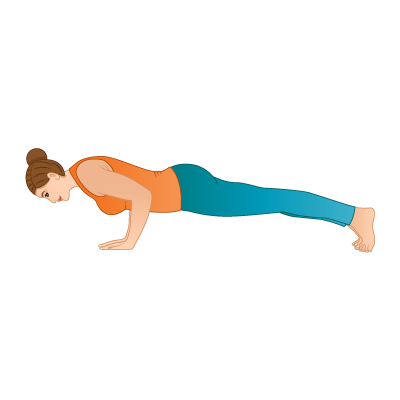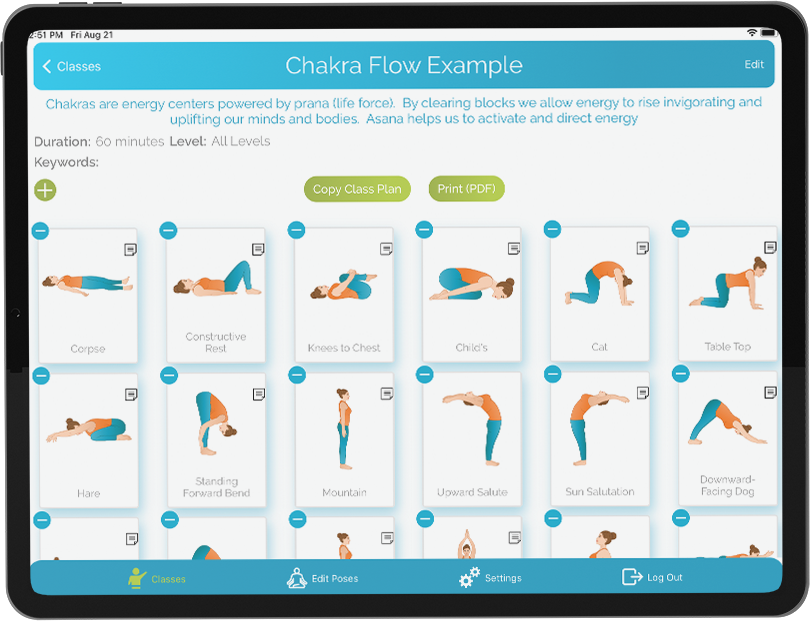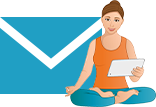Ease your Body, Mind and Spirit with Aqua Yoga
October 27, 2014 | 5 min read
For thousands of years, people have brought the body, mind and spirit together through the ancient practice of Yoga. The word “Yoga” is often associated with a single aspect of Yoga called Hatha Yoga, which refers to the asanas or postures. However, as traditionally practiced, there is much more to being a Yogi than physical exercise.
Most Hatha Yoga classes combine some or all of the following elements: asanas, pranayama, meditation and mantras or chanting. Asanas are the physical postures or poses that have names such as Warrior I, Triangle and Eagle Pose. Pranayama refers to the breath practices we employ, such as Ujjayi and Alternate Nostril Breathing. Meditation may be done at the beginning or end of class, or it may be incorporated throughout the class as we connect with our practice to induce an altered internal state. Among other benefits, this alteration may lead to increased compassion and less stress or depression. While not typically seen in a gym setting, many studio Yoga classes may practice chanting sessions or use mantras. Chanting is usually invoked in Sanskrit, an ancient Indian language, and it is believed that the tonal patterns and frequency of the sound vibration invokes a neurological and spiritual response in the listener and chanter. The use of mantras may be employed in Sanskrit or English and are likened to positive affirmations.
Yoga provides an opportunity for us to truly connect to our authentic self and create an awareness that brings more joy, happiness and peace into our lives. When we begin a Hatha Yoga practice (we take a Yoga class or perform a routine at home), we are setting the stage to begin to notice our breath and turn our awareness inward. If we develop a regular practice, we will discover that knowing when to challenge ourselves to push a little farther than we thought we could and knowing when to respect our bodies and allow ourselves a moment of rest begins to create a space inside us where our mind, body and spirit meld together. As we continue on our Yoga journey, we find that our mind and spirit becomes more involved and inseparable from our body, as we begin to turn our off our expectations of what we think we “should” be able to do and turn on our gratitude for what we are able to do in the present moment. This is the beginning of a beautiful, deep journey that connects body, mind and spirit in a dance of sorts, where each of the 3 components glides in harmony, creating a completely new life force.
While traditionally practiced on the land, an Aqua Yoga practice provides an opportunity for us to combine the natural serenity and calmness of water with the proven benefits of Yoga. In addition to being a calming, enjoyable environment, taking asanas into the water make them accessible to students for whom the practice may otherwise be out of reach. Those suffering with ailments ranging from arthritis and fibromyalgia to obesity and loss of balance associated with aging may easily enjoy a water based practice. The hydrostatic pressure of the water may bring about pain relief and offer a sort of massage to the body, while simultaneously providing additional resistance as we move our limbs through the pool. The water environment is easy on the joints while challenging the muscles. The buoyancy property adds both comfort and resistance as students have to engage their muscles to maintain their body position.
Aqua Yoga isn’t just for students who can’t comfortably practice on the land. Olympic contenders and professional athletes are finding water based programs a healthy way to cross train. Any student wanting to reduce joint stress or simply enjoy the serenity of the water may find Aqua Yoga a nice addition to their routine.
Many traditional Yoga poses can be adapted to the water…some with very little modification and others that require flotation devices (such as noodles) to make them work. While some of the poses may look the same, they may feel very different. For example, Warrior I looks the same, but it feels different because it is easier on the joints and a different workload on the muscles. This pose is easier on the leg muscles from the standpoint of not having to bear all of one’s weight in the water, but it is tougher on the muscles from the standpoint of having to truly engage the muscles to maintain an upright position against the buoyancy of the water. It particularly encourages us to engage our cores as we hold ourselves in a tall, neutral position through the pelvis and spine. Play around with poses and find what works for you!
For more information on Aqua Yoga, please visit www.WhiteCrowYoga.com.

by: Mary Irby
White Crow Yoga
www.WhiteCrowYoga.com
Posted in Health & Wellness




